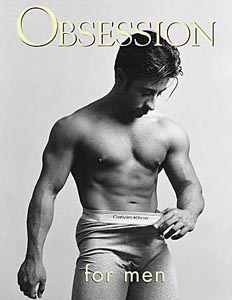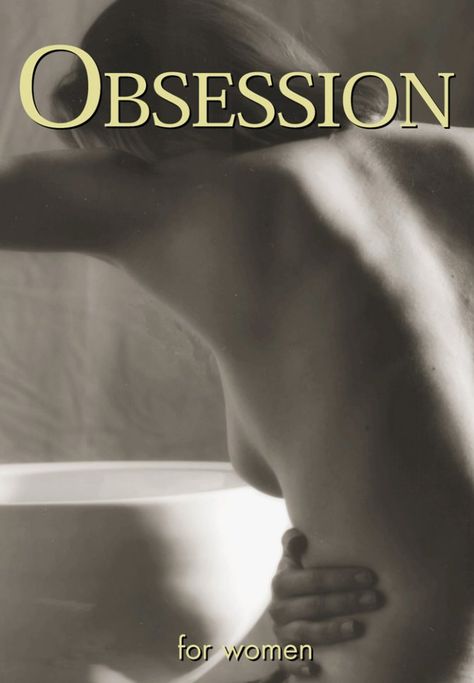
FASHION
Fashion in clothes, accessories and other items has long been a part of popular culture, and a key factor pushing consumerism. But in recent decades the connections between fashion and other realms of pop culture have become much stronger. Celebrities in film, TV, sport and other arenas increasingly find themselves on the cover of fashion magazines, in fashion ads, and in fashioning their own brands. From the red carpets of award shows to the runways of design shows, people famous for other areas of pop culture have depended interest in and the impact of fashion, for better and for worse.
On the worse side, obsession with things beyond one's economic reach, and with bodies that are impossible for ordinary humans (and most models whose bodies are often photoshopped) to achieve, can be devastatingly unhealthy. Some important efforts in recent years have sought to address the often horrendous conditions in the textile production, as well as using fashion to raise awareness of important social issues like HIV/AIDS, breast cancer, eating disorders and teen suicide.
Featured Sites
- Clean Clothes Campaign. International effort to improve working conditions in the garment industry.
- The Vogue Archive Every issue of Vogue, arguably the world's most famous fashion mag, since 1892. Full access requires a subscription but significant parts can be viewed for free.
- United Students Against Sweatshops. Deals with college apparel production and much more with regard to injustice in the global labor system.
A Sampling of Online Articles/Videos
- Camo Chic?. YouTube video of a parody fashion show commenting on the militarization of fashion through such things a camouflage chic.
- The Ellen Event. Money-grubbing pageantry, or progressive political action? Elayne Rapping thinks it was the latter, and then some.
- Fashion Models and Postmodern Consumer Society. Enumerates the ways in which fashion models are symptomatic of the postmodern condition.
- Fashion Planet. Another strong commercial site on fashion.
- Feminism, Femininity, and the “Beauty” Dilemma. Explores the historical confrontation between feminism and the fashion industry (PDF).
- Geek Chic. An exploration of a fashion trend emerging out of digital culture.
- Love Fashion, Hate Sweatshops. Name says it all.
- Thematic Section: Fashion, Market and Materiality. Special section of the online journal Culture Unbound.
- Tommy Hilfiger in the Age of Mass Customization.
- The Zoot Suit and Style Warfare. “The zoot-suit is more than an exaggerated costume, more than a sartorial statement, it is the bearer of a complex and contradictory history.”
Fashion Sites & Online Magazines
- Elle. Fashion magazine.
- Fashion Live.
- Fashion.Net. Commercial site with links to selected designers, runway shows, fashion magazines, and feature articles.
- Fashion News. Online fashion news magazine format.
- Fashion TV. Glossy fashion site.
- FashionWebUK. Another comprehensive, flashy site.
- Harper's Bazaar.
- Hint fashion magazine.
- Papermag. by Paper Magazine.
- Sleazenation.
- Vogue Runway, formerly Style.com. Comprehensive site pushing Conde Nast fashion publications.
Some Appropriately Lovely Fashion Websites
- Abercrombie & Fitch
- Airwalk
- Armani Code
- Ballantyne
- Barbara Opsomer
- BokicaBo - Spring / Summer 2011
- Boucheron Paris
- Brandon Knaster Jewlry
- Charles Campbell - Bespoke Tailoring
- Chicago L-Shirts
- Conspiracy
- Converse
- Crane Brothers
- Creative - EXSUD
- Cropp
- CXXVI Clothing Co.
- Diesel - Denim & Jeans
- Diesel - Magic of Christmas
- Diesel - Color Exposure
- Diesel Fresh & Bright Superheroes
- DuJour
- emploi NY
- Ermengildo Zegna
- Faith Connexion
- Free People
- GAS Jeans
- Genny
- Giorgio 1985
- Gubb & Mackie
- Guess
- Guy Vernes
- Hard Graft
- Heather Conlan
- House
- Josh Goot
- Kildare
- L'Exception
- Levi's Roadwear
- LOLA New York
- Lula Designs
- Manufacture d'Essai
- Massimo Bonini Showroom
- Marie Saint Pierre
- me & oli
- Nelly Rodi
- Jordan BCT Low
- O.X.S.
- Pageboy
- Patrik Ervell
- Prada
- Protest Boardwear
- Reserved
- Roberta di Camerino
- RVLT Revolution
- Scotch & Soda
- Stella McCartney
- Supply
- Talc
- The Butcher and The Crow
- Timberland Earthkeepers
- Tom Ford
- Tzegoh
- Valentina Gallo
- Versace
- Versace Collection
- Vibram FiveFingers
- WESC
- Wrangler Europe | We are animals
Bibliography
[Few topics on popular culture can be adequately researched on the web alone. These reading suggestions are designed as beginning points for further offline study.]
- Barthes, Roland. The Fashion System. London: Jonathan Cape, 1983.
- Classic, complicated study of how the world of high fashion industry uses “fabric texts” and words to create an abstract world of fashionableness that must at once always change and always stay the same.
- Bruzzi Stella, and, Patricia Church Gibson, eds. Fashion Cultures: Theories, Explorations, and Analysis. London; New York: Routledge, 2000.
- Excellent collection of essays on all aspects of the social meanings of fashion. Gives a fine sense of the range of approaches currently used to study the cultural functions of fashion in many different contexts.
- Craik, Jennifer. The Face of Fashion: Cultural Studies in Fashion. London; New York: Routledge, 1993.
- Provides an excellent overview of a cultural studies approach to the meanings of fashion.
- Crane, Diana. Fashion and Its Social Agendas: Class, Gender, and Identity in Clothing. Chicago: University of Chicago Press, 2000.
- From 19th century France to modern America, traces how fashion has shaped and been shaped by changes in class, and gender relations.
- Entwistle, Joanne. The Fashioned Body: Fashion, Dress, and Modern Social Theory. Cambridge: Polity Press, 2000.
- Rich study of historical and contemporary fashion, and the ways that fashion constructs identity.
- Malossi, Giannino, ed. Material Man: Masculinity, Sexuality, Style. New York: H.N. Abrams, 2000.
- Wide-ranging collection of essays on the cultural meanings of men's dress across history, cultures, class, and race.
- Rabinowitz, Paula, and Cristina Giorgelli, eds. Accessorizing the Body: Habits of Being, Vol 1. University of Minnesota Press, 2011.
- ---. Exchanging Clothes: Habits of Being, Vol. 2. University of Minnesota Press, 2012.
- ---. Fashioning the 19th Century: Habits of Being, Vol. 3. University of Minnesota Press, 2012.
- ---. Extravagances: Habits of Being, Vol. 4 University of Minnesota Press, 2015.
- Rabinowitz and Giorgelli have gathered together four superb volumes, offering a rich set of social analyses of fashion historically in and in the present.
- Ross, Andrew. No Sweat: Fashion, Free Trade and the Rights of Garment Workers. New York: Verso, 1997.
- Excellent collection of articles on the exploitation often involved in the production of high and popular fashion.


